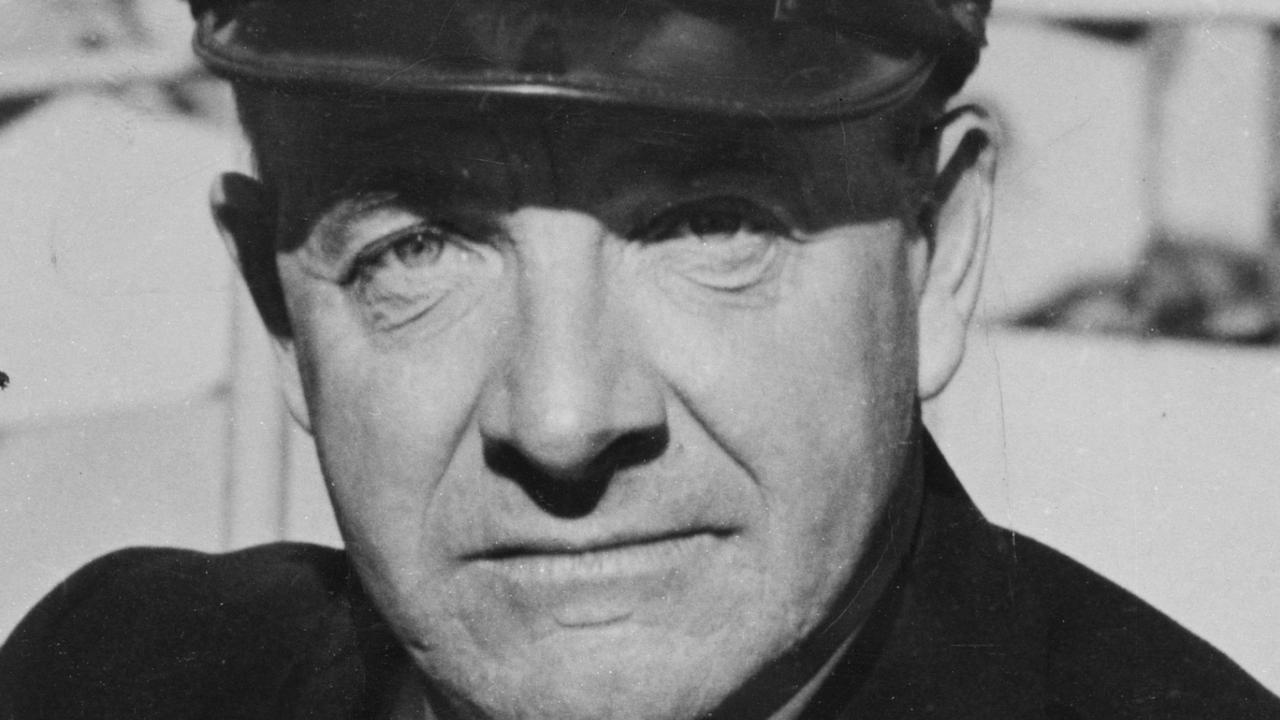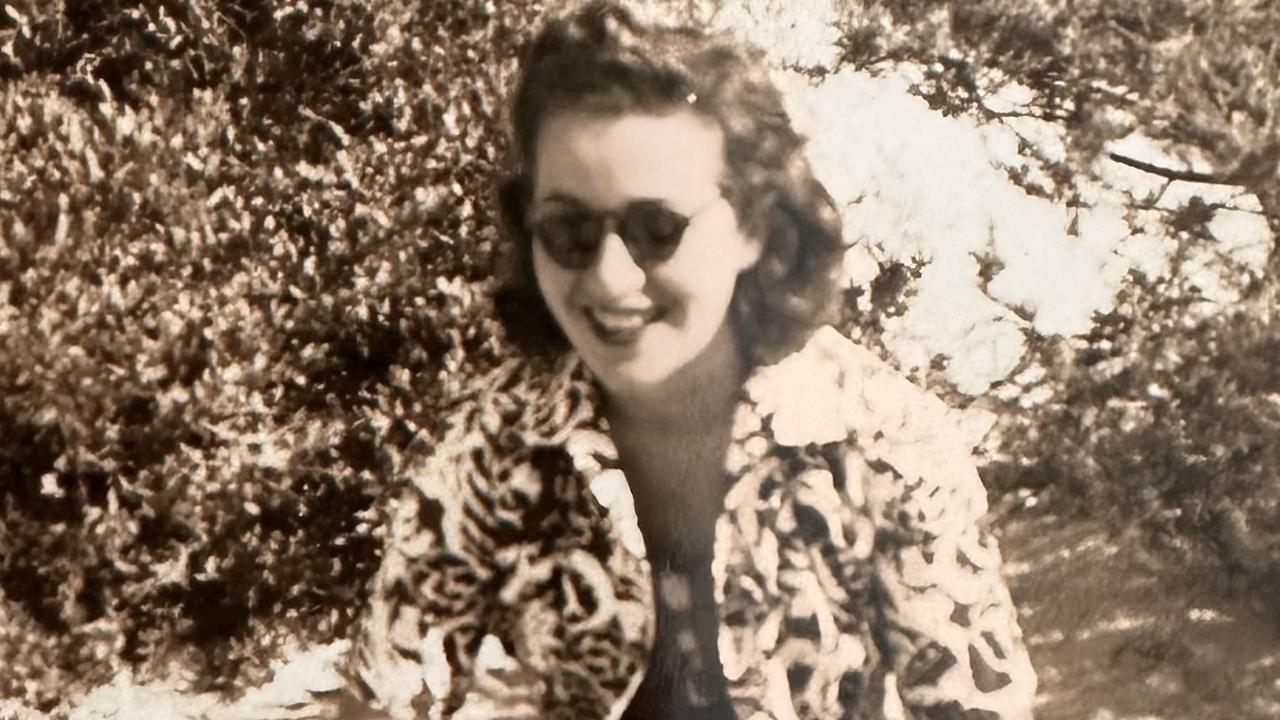Germans turned gas into deadly advantage at Ypres
Chlorine was first described as a deadly agent in trench warfare a century ago.

Today in History
Don't miss out on the headlines from Today in History. Followed categories will be added to My News.
When chief of the German General Staff Erich von Falkenhayn succumbed to pressure from brilliant research chemist Fritz Haber on using poison gas as a weapon in Flanders trenches, his nation had a 40-ton daily advantage over its enemies.
Until mid-December 1914, von Falkenhayn considered poison gas, already outlawed under The Hague Convention, “unchivalrous”. But with the military stalemate of trench warfare delaying German ambitions on western France, Haber persuaded him that gas weaponry could speed a resolution in World War I.
Gas was first used in World War I in August 1914, when French troops lobbed grenades filled with tear gas at their German enemies, who apparently were unaffected and did not even detect the gas. German troops fired fragmenting shells filled with an irritant on October 27, 1914, to capture Neuve Chappelle. Allied positions were bombarded with 3000 rounds of 105mm howitzer projectiles containing shrapnel embedded in sneezing powder, which again had little impact.
Haber, who had researched chemical weapons at his Kaiser Wilhelm Institute for Chemistry laboratories in Berlin since war began in August 1914, proposed a “blasangriff”, using liquid chlorine that would turn to gas when released.
A letter from Garde Dragoner Regiment Major Karl von Zingler, dated January 2, 1915, and sent from Roeselare in Belgium, just north of Ypres, indicated the weapon had already proved effective: “In other war theatres it does not go better and it has been said that our chlorine is very effective. 140 English officers have been killed. This is a horrible weapon ...”
But the casualties von Zingler refers to are not found in accounts of German gas weapon trials, which indicate Haber’s work on chlorine gas weapons began in earnest in mid-January, when he instructed chemist Otto Hahn and other colleagues to help prepare for a chlorine attack.
Although Hahn objected that chemical warfare violated The Hague Convention, Haber argued the French had already used gas-filled munitions. He also suggested countless lives would be saved if effective use of chemical weapons brought the war to a rapid end.
Swedish chemist Carl Wilhelm Scheele had discovered chlorine, a powerful irritant that can damage the eyes, nose, throat and lungs, in 1774. Cornish chemist Humphry Davy in 1810 established the gas was a pure element. He named the yellow-green gas “chlorine”, from the Greek word “chloros”, meaning green-yellow.
Before 1914 German chemical manufacturing companies were making 40 tons of chlorine a day for use as a bleaching agent for industrial production of paper, textiles and dyestuffs, making the product easily and openly available. In Britain and the US, it was generally available only as a powder until just before the war started.
Haber, already renowned for work in synthesising ammonia for fertilisers and explosives, hypothesised that once the main chlorine cloud had knocked out enemy troops, German soldiers could move in without undue risk. As some chlorine gas would blow away, the attacks were intended to render enemy troops incapable of fighting without lasting physical effects.
German chemists were recruited to Pioneer Regiment 36, a special unit dedicated to gas warfare. Its troops were trained and equipped to handle chlorine using protection when releasing the gas.
Germany’s first attempt at large-scale use of gas as a weapon came on January 31, 1915, when the Germans fired 18,000 artillery T-shells, each containing 3kg of liquid xylyl bromide tear gas, at Russian positions on the Rawka River, west of Warsaw, during the Battle of Bolimov. The attack failed as the winter cold reduced its volatility. A similar attack at Nieuwpoort in March 1915 was also unsuccessful.
After 10 weeks’ research, Haber oversaw the opening of almost 6000 cylinders of chlorine gas at the Second Battle of Ypres on April 22, 1915. With a favourable breeze, the gas formed a grey-green cloud as it drifted across positions held by French Colonial troops.
In less than 10 minutes, thousands of French and Algerian soldiers lay dead, with another 4000 wounded. Those who lived were temporarily blinded and stumbled in confusion, coughing heavily. But with German soldiers also wary of the gas, they failed to exploit the break.
Haber returned home to an argument with his wife Clara Immerwahr, also a gifted chemist, who opposed his work in chemical warfare. On May 2, 1915, she shot herself in the heart with his service revolver. Her suicide was considered a response to Haber’s involvement in the chlorine attack at Ypres.
Originally published as Germans turned gas into deadly advantage at Ypres


